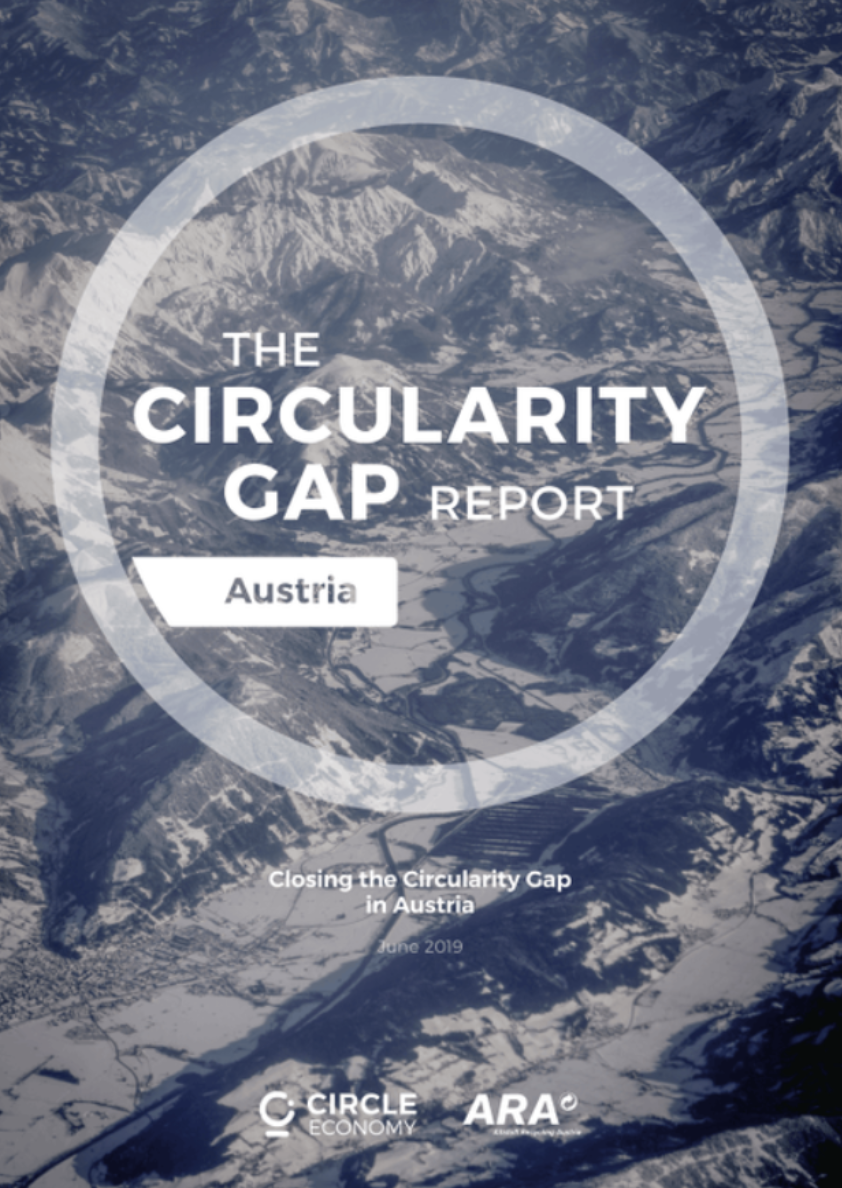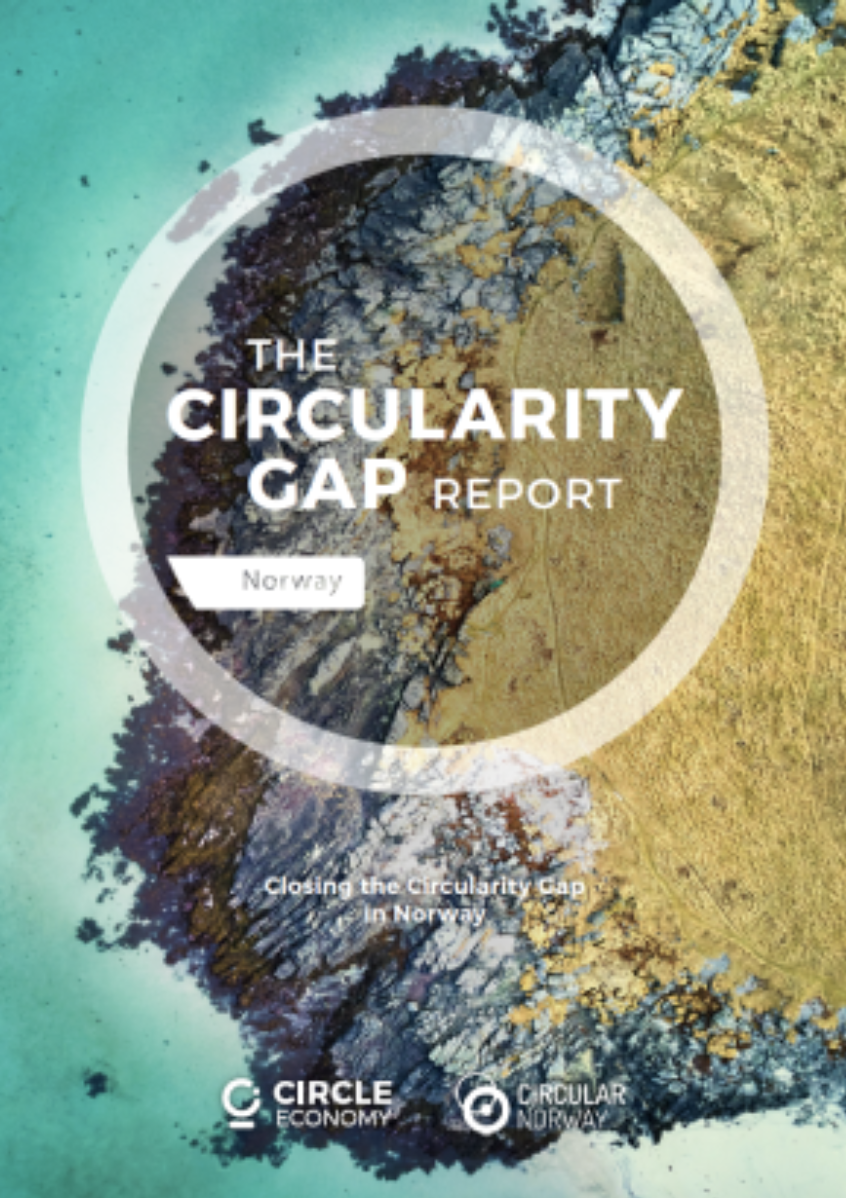Cirkulära Rapporter
Vill du att din cirkulära rapport ska finnas här eller saknar du någon relevant rapport?
Kontakta oss i så fall på info@cradlenet.se
Category
- december 2024
- juni 2024
- april 2024
- mars 2024
- november 2023
- oktober 2023
- augusti 2023
- mars 2023
- januari 2023
- oktober 2022
- september 2022
- april 2022
- februari 2022
- september 2021
- augusti 2021
- mars 2021
- februari 2021
- januari 2021
- september 2020
- december 2019
- september 2019
- maj 2019
- januari 2019
- maj 2018
- januari 2018
Circularity Gap Report: Sweden
Producerad av: Circle Economy, Re:Source, RISE
Publicerad: april 2022
Sweden's emissions reduction goals are the most ambitious worldwide: net-zero by 2045. But the energy transition is only part of the story. Our Circularity Gap Report Sweden finds that Sweden, being only 3,4% circular, must—and can—do more to become a true climate champion. The key lies in building its circular economy to shrink its large material footprint.
Circularity Gap Report 2021
Circularity Gap Report 2021 kopplar samman klimatutmaningen med cirkulär ekonomi. Slutsatsen är att genom att fördubbla världens cirkularitet, från dagens 8,6 procent till 16 procent kan världen nå netto noll-utsläpp till 2050. Rapporten är packad med pedagogiska diagram och presenterar 21 lösningar samt visar vilken av dessa som har störst impact, både när det gäller att sänka utsläppen och minska materialkonsumtionen.
The Circularity Gap Report - Austria
Producerad av: Circle Economy
Publicerad: 2020
“The Circularity Gap Report Austria is the first in which the global methodology was applied to an individual country and provides the Austrian political and business arena with an evidence base to explore the path towards circularity. The report identifies which interventions may be best placed to improve circularity and provides suggested measures that could boost Austria's circularity rate from the current 9.7% to an estimated 37.4%
The Circularity Gap Report - the Netherlands
Producerad av: Circle Economy
Publicerad: 2020
“The Netherlands is a global frontrunner in the race to circularity with a Circularity Metric of 24.5%. However, the government has ambitious goals: an economy that is 50% circular by 2030 and 100% circular by 2050. The Circularity Gap Report, the Netherlands, recommends wide-ranging ways in which the economy can pivot away from its linear habits across four key sectors: agriculture, construction, manufacturing and energy. The suggested strategies could triple the Dutch metric from 24.5% to 70%.”
The Circularity Gap Report - Norway
Producerad av: Circle Economy
Publicerad: 2020
“At 2.4%, Norway's circularity rate is below global average (8.6%). 97.6% of materials consumed each year are never cycled back into the Norwegian economy.
With the climate emergency and the EU's decision to strive for full circularity looming over Norway, the need for a circular transition is urgent. Our report reveals that the country has the potential to increase its circularity up twenty times and become a pioneer in the circular economy. It dives into six scenarios that could contribute to the necessary changes towards a sustainable, circular economy.”
Circular Metrics for Business
Producerad av: Circle Economy & PACE
Publicerad: oktober 2020
I takt med att den cirkulära ekonomin utvecklas ökar behovet av att kunna mäta. På senare tid har flera ramverk för att mäta cirkularitet sett dagens ljus, bland annat Circulytics från Ellen MacArthur Foundation och Circular Transition Indicators från WBCSD. Den här rapporten ger en överblick över de olika alternativen och ger vägledning i att hitta det som passar olika verksamheter bäst, vad man bör tänka på och hur informationen kan användas för att ställa om till en cirkulär affärsmodell.
The Circularity Gap Report 2019
Producerad av: Circle Economy
Publicerad: 2019
“Our world is only 9% circular and the trend is negative. The circularity gap is not closing. In 12 months since the launch of the first Circularity Gap Report, the upward trend in resource extraction and greenhouse gas emissions has continued and key indicators confirm that the problems of a linear economy are 'baked in' to the global economy and we are heading in the wrong direction.
On 22 January 2019, Circle Economy launches the second annual Circularity Gap Report in Davos during the World Economic Forum Annual Meeting. In the report, Circle Economy positions the circular economy as a tool for the paradigm shift we so desperately need. It offers the prospect of a global economy which is regenerative and abundant.”







